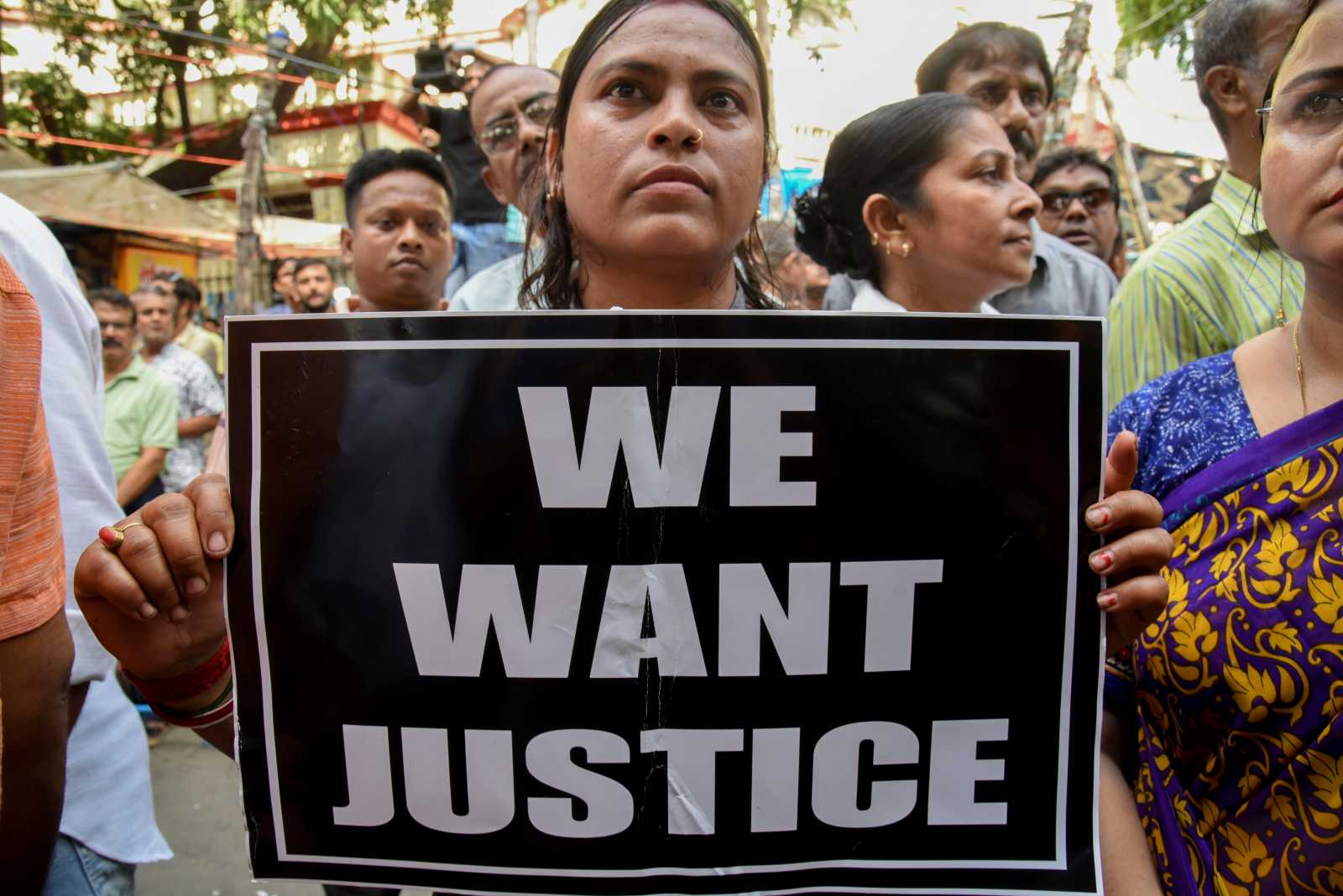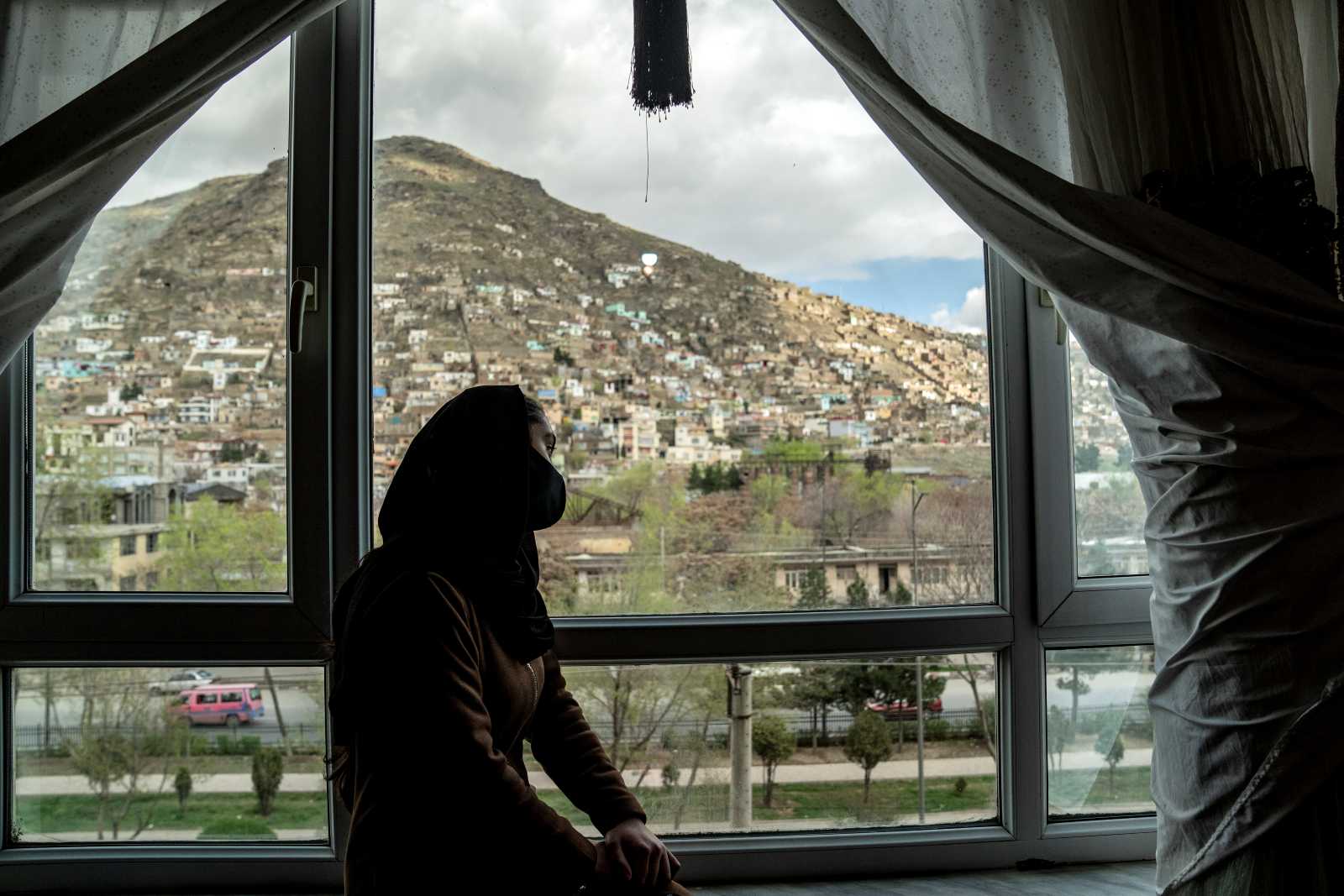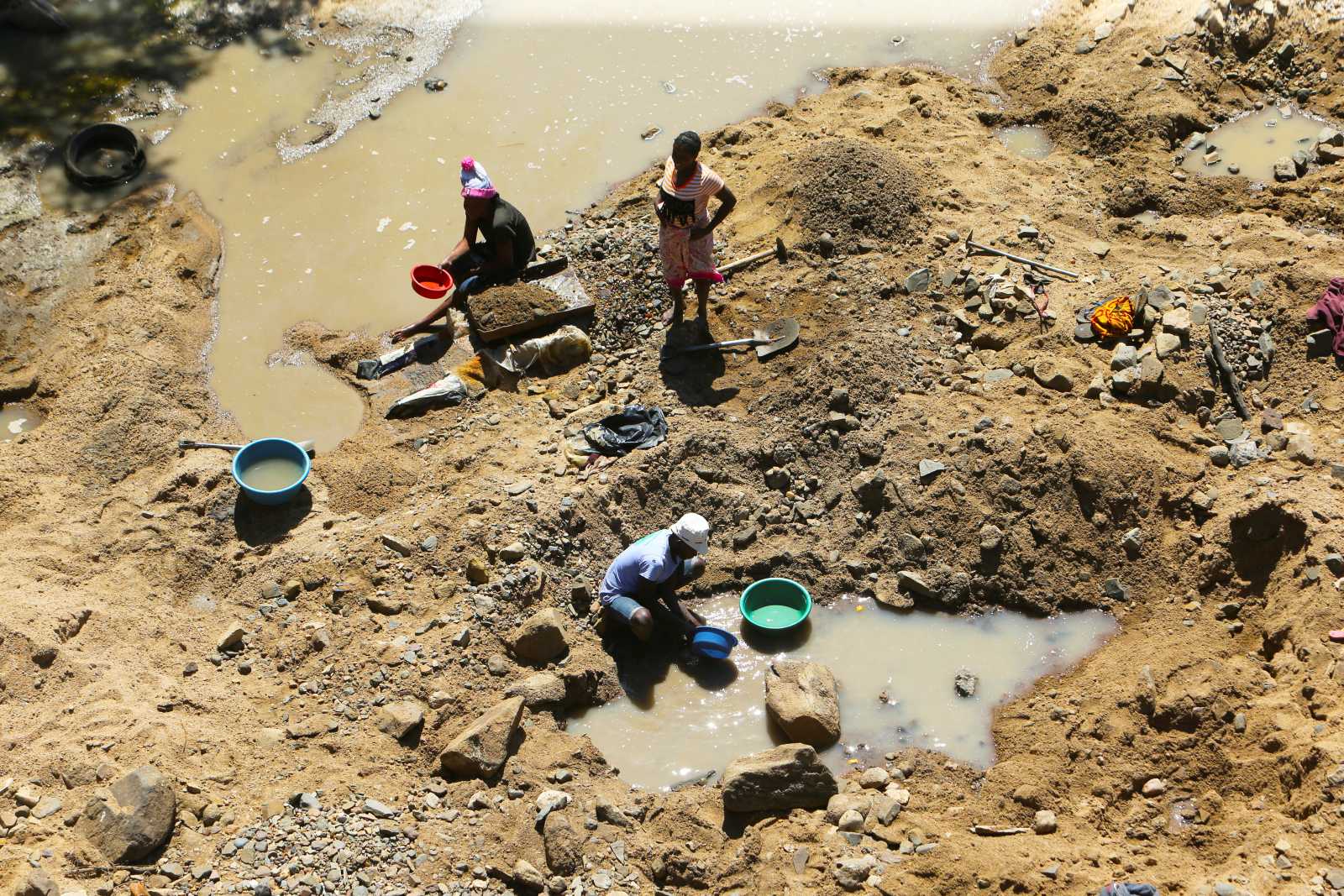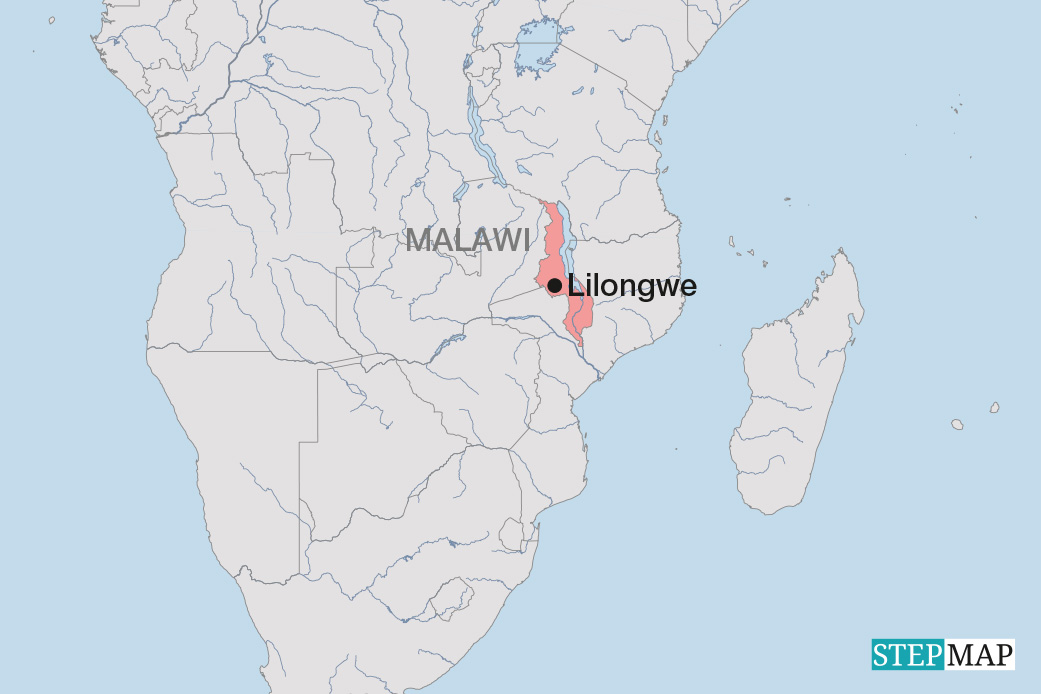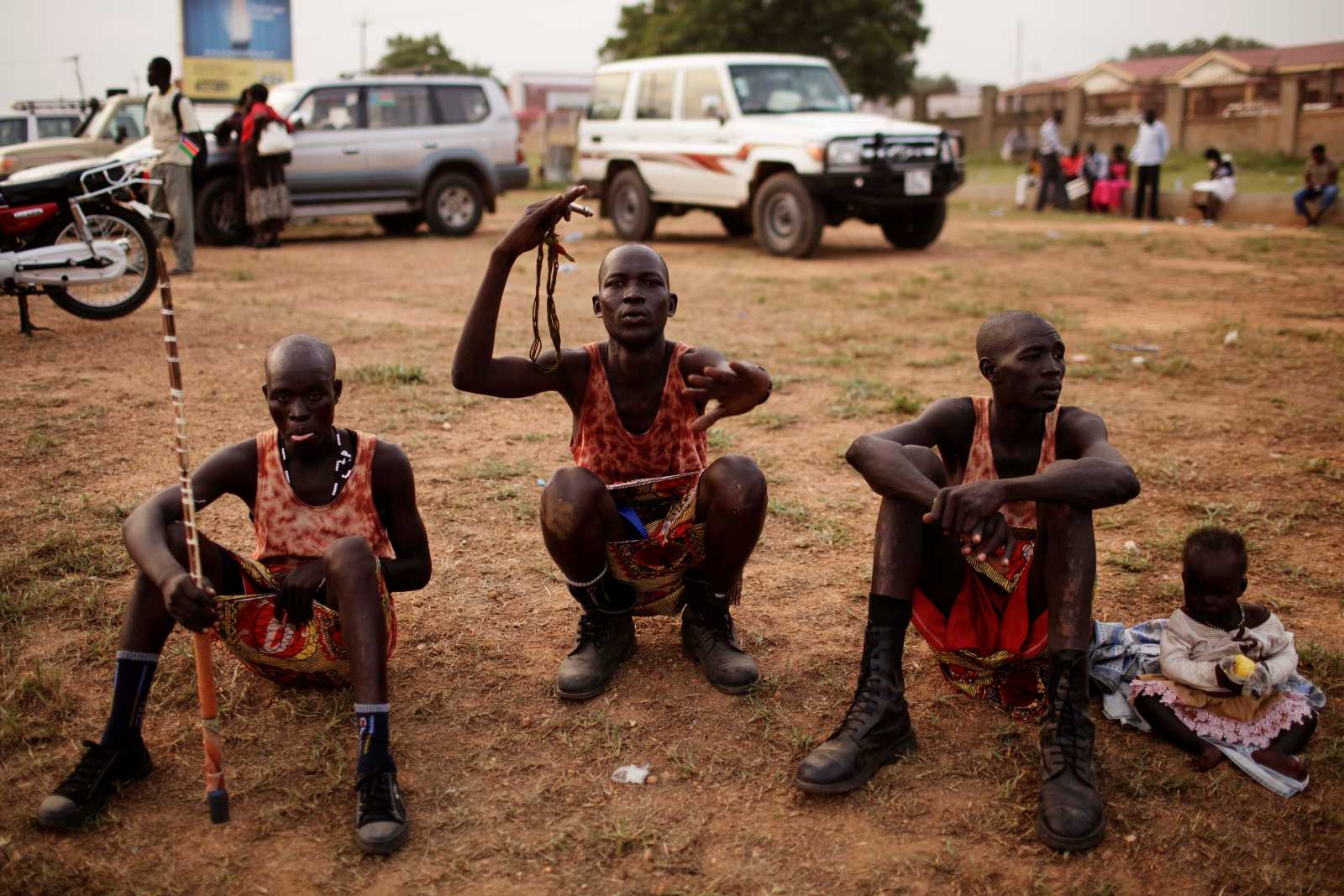Education
Overcrowded classrooms, outdoor lessons or no school at all
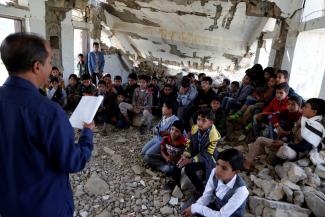
Every morning, Amin leaves his home in the village of al-Nakhla and walks for over an hour through rugged mountain terrain. The destination of the 12-year-old from the Jabal Habashi district in Yemen’s Taizz governorate is his classroom, which his teacher has set up under an old sacred fig tree outside their school near the local cemetery. About 20 students share the shade of the tree.
The sacred fig tree serves as a makeshift classroom at Omar bin al-Khattab School, where overcrowding in the ten classrooms has forced the school administration to move some students outside.
According to Khaled Saeed, the school’s headmaster, more than 600 students are crammed into ten small classrooms in the school building, some of which lack desks and chairs. Meanwhile, 55 students study under the tree or along one of the school’s walls.
A decade of war
In 2014, the ongoing multilateral civil war began in Yemen. A decade of war has severely disrupted the education sector in the country, as many schools have been destroyed and those that remain are overcrowded.
“The war has affected every aspect of Yemenis’ lives, but the education sector has been hit hardest. About 4.5 million students have dropped out of school. Children who should have been in classrooms have had their futures thwarted by war,” says Mahmoud Tarmoom, headmaster of the al-Andalus School in the city of Marib.
The country has witnessed huge waves of displacement during the war. This has had difficult consequences, as many families fled with their children from areas controlled by the Houthi rebels to government-held regions without taking their children’s educational documents with them. Though the Ministry of Education has tried to resolve this issue, it remains a major problem for parents, Tarmoom explains.
“In areas with large numbers of displaced people, like Marib, the challenges are immense. There is overcrowding in schools, a shortage of teachers and not enough textbooks. We also don’t have enough school buildings,” he adds.
According to the UN-Habitat profile of the city of Marib, the total number of schools has increased from 18 in 2014 to 60 in 2020. The enormous growth is due to the increase in population, particularly from internally displaced persons. According to UN-Habitat, Marib had just under 17,000 inhabitants in 2014, but by 2019 it already had around 630,000.
Teacher shortage
According to Abdulaziz Sultan, an advisor to Yemen’s Minister of Education and head of the teachers’ union in Taizz, over 84,000 students in the Taizz governorate are squeezed into severely overcrowded classrooms. A lack of proper seating means that many study outdoors, sometimes in unsafe locations or half-collapsed buildings.
He also reports that nine schools in Taizz have been shut down because they are within range of Houthi weapons, making it impossible for them to operate.
Though there are more than 45,000 teachers in Taizz, this is not enough, according to Sultan. Some teachers work voluntarily to fill the gaps. Many retired teachers also continue to teach because their pensions have not been paid, further financially straining an already overburdened education system. “Teachers’ salaries are incredibly low and fail to cover even their basic needs”, Sultan adds. The average salary for teachers in Yemen is $ 60. In Houthi-controlled areas, a bag of flour goes for around $ 150.
UNICEF warns that if the educational situation in Yemen continues to deteriorate, the next generation could face widespread illiteracy and a lack of basic mathematical skills in five to ten years’ time, leaving them insufficiently equipped to earn a decent living.
This article is published in collaboration with Egab.
Abdulrahman Al-Humaidi is a Yemeni journalist and fact-checker with extensive experience reporting on political, social and humanitarian issues across Yemen.
euz.editor@dandc.eu



